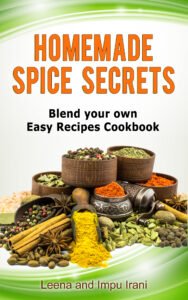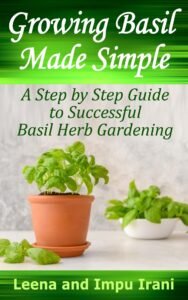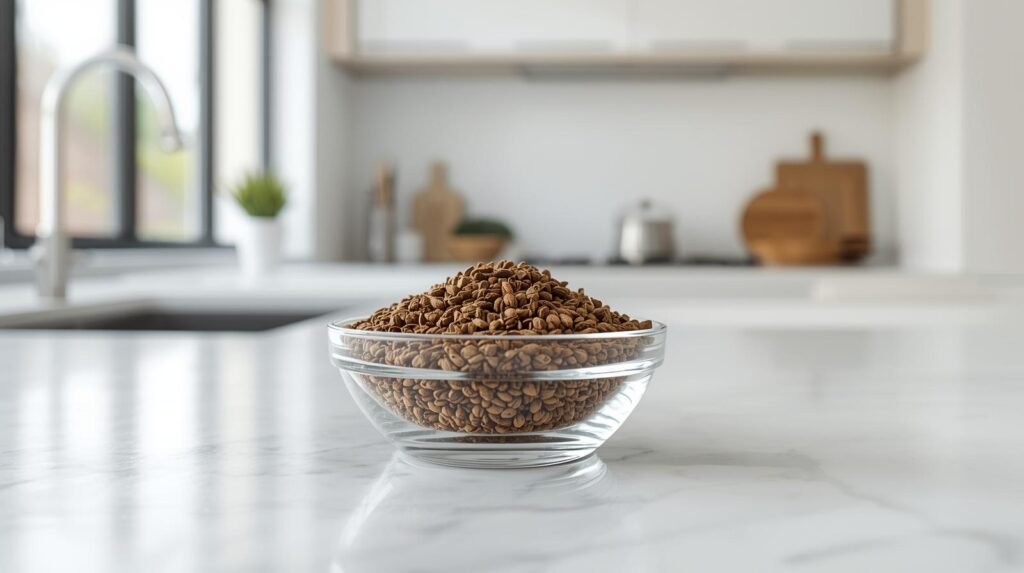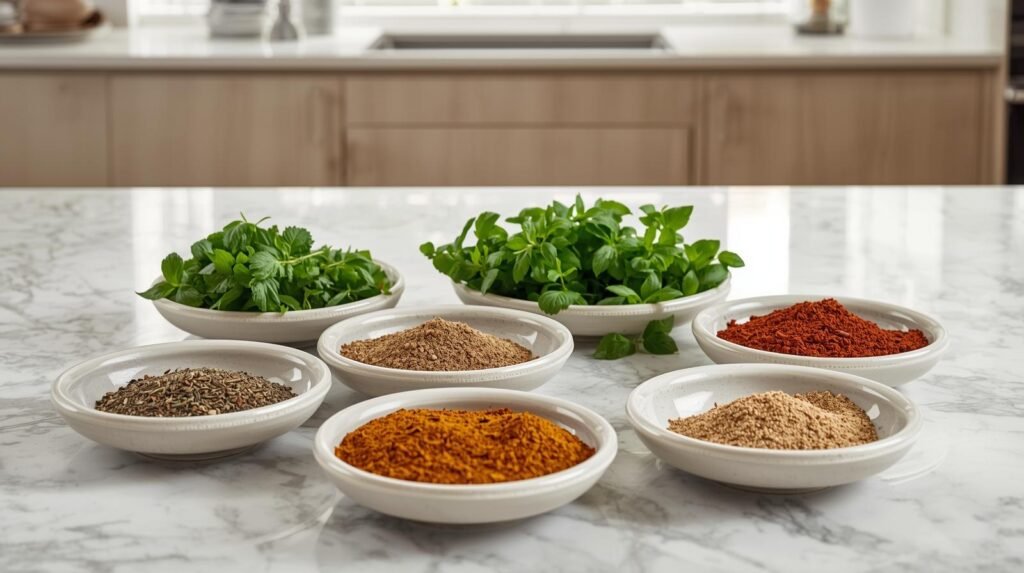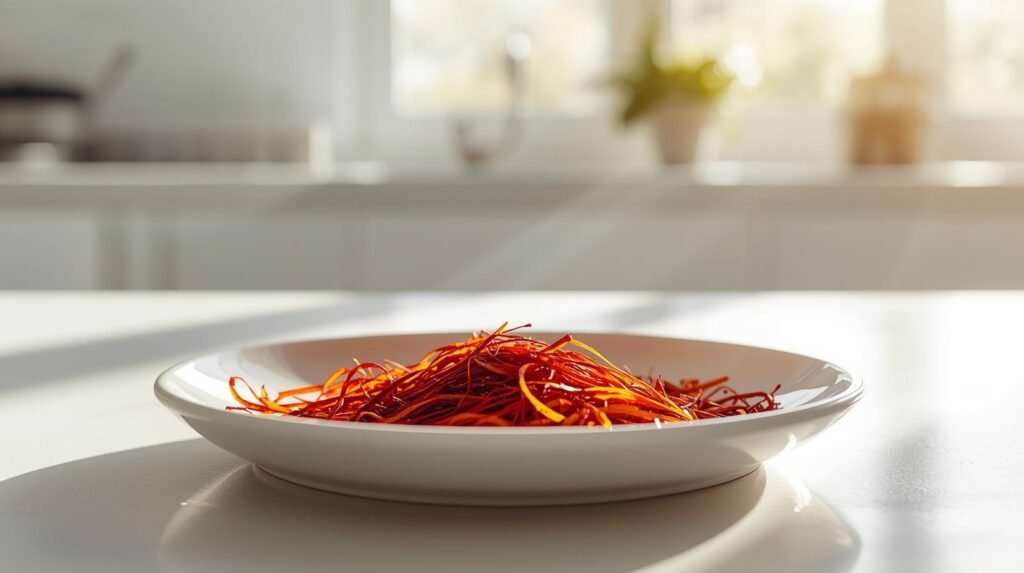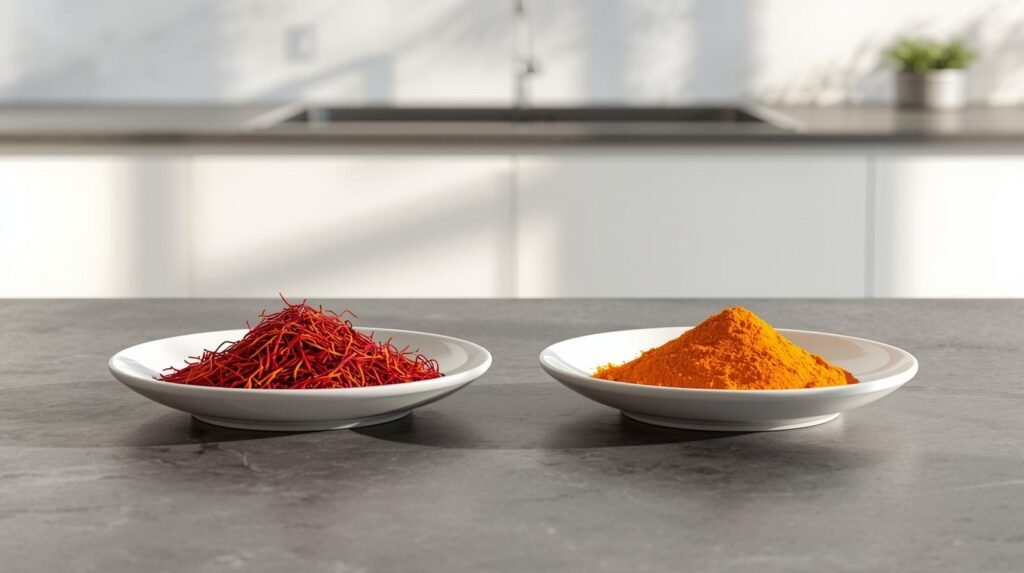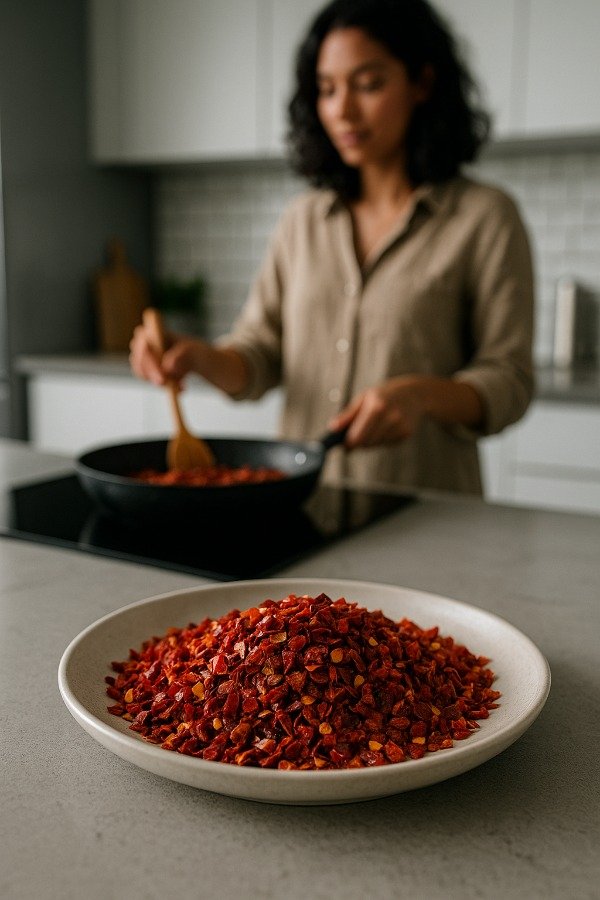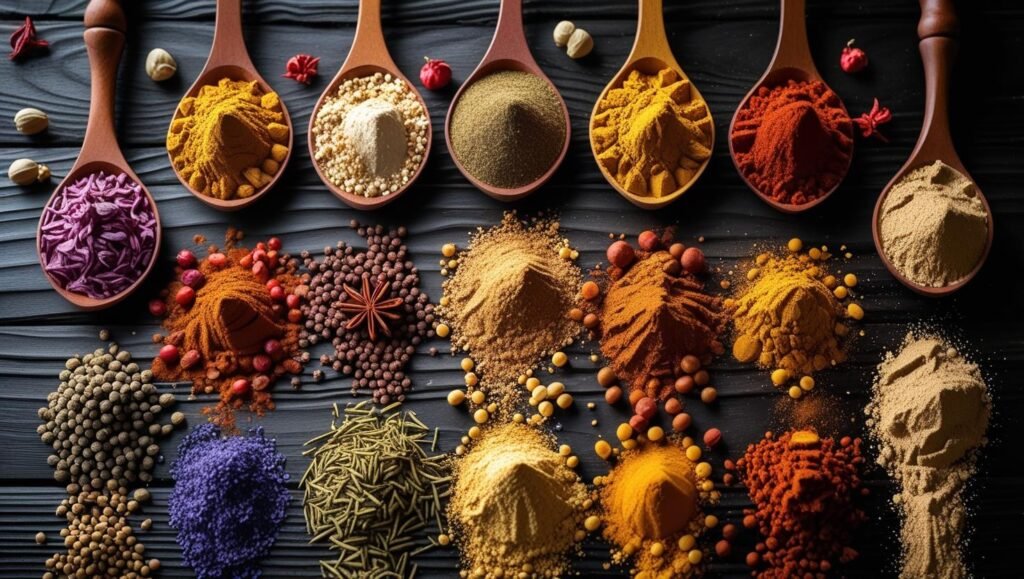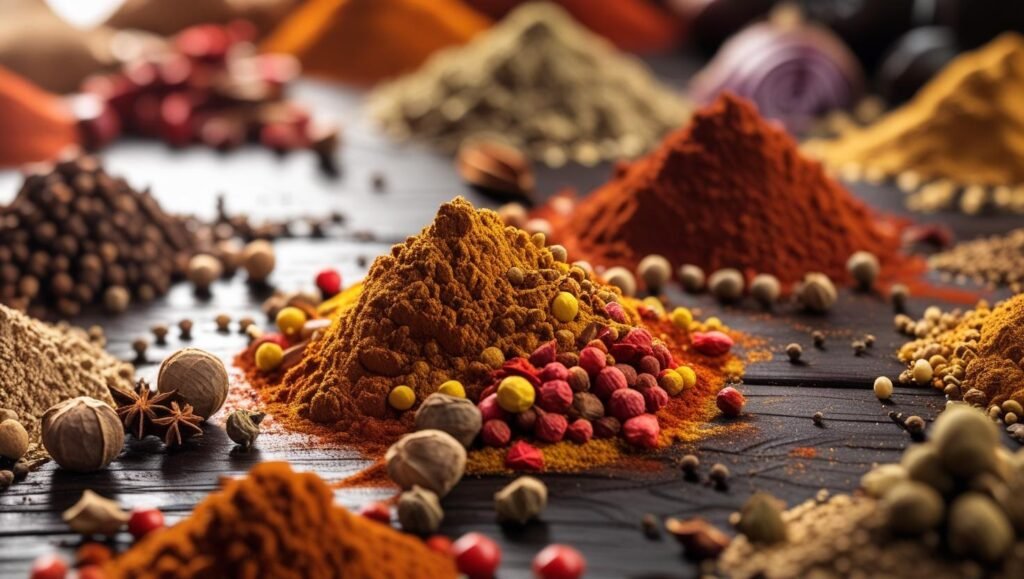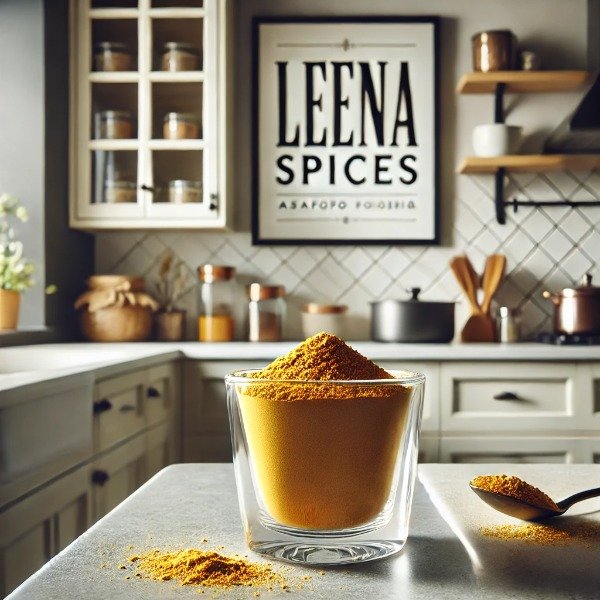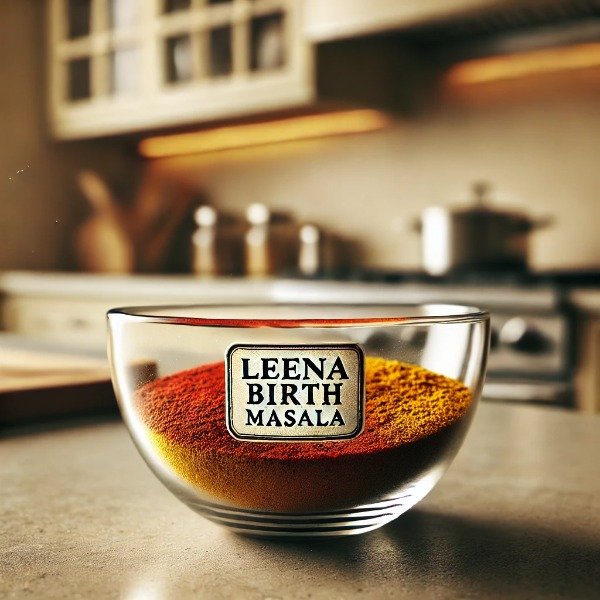How do I make Homemade Birth Masala? 1 Easy Step
Table of Contents
- Introduction
- How do I make Birth Masala
- FAQs
- Conclusion
Introduction
Birth masala is a time-honored spice blend valued in many Indian and South African Indian households, especially during the delicate period after childbirth. Unlike everyday spice mixes, this blend is carefully crafted with ingredients chosen for their healing and restorative benefits.
Key spices often include coriander, cumin, carom seeds (ajwain), turmeric, and dry ginger. Each of these has a distinct purpose: cumin and carom seeds help ease digestion, turmeric supports the body’s natural healing process, and ginger provides gentle warmth and energy. Together, they create a blend that not only flavors food but also nourishes and strengthens the body.
For generations, families have prepared comforting dishes with birth masala for new mothers. These meals are believed to aid digestion, improve immunity, and encourage faster recovery, reflecting the deep cultural understanding that food can be medicine. Beyond its health benefits, birth masala also symbolizes care, tradition, and the passing down of family wisdom from one generation to the next.
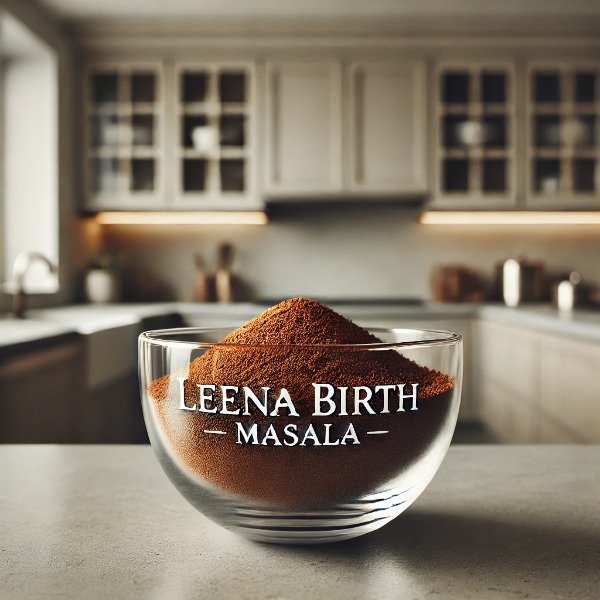
How do I make Birth Masala?
Equipment and Preparation Tips
Making birth masala at home requires just a few essential tools, but using them properly can make all the difference in the flavor and quality of your blend. A heavy pan or skillet is needed for roasting the whole spices, a spice or coffee grinder ensures a fine and even powder, a fine sieve or strainer helps remove coarse particles, and an airtight jar preserves freshness once the blend is complete.
Roasting the spices in a dry pan is a key step. This process draws out natural oils, deepens aroma, and removes excess moisture, which not only enhances flavor but also extends shelf life. After roasting, allow the spices to cool completely before grinding them into a fine powder. A uniform grind ensures a smooth, balanced masala without overpowering notes from any single spice.
When sourcing ingredients, always opt for high-quality, whole spices from trusted markets or specialty spice shops. Whole spices retain their strength and aroma far longer than pre-ground versions, ensuring the final masala is both potent and therapeutic. Once prepared, store the blend in airtight containers kept in a cool, dark place away from heat and humidity. Label each jar with the date of roasting or grinding to easily track freshness—ground spices are at their best within a few weeks to a few months.
Finally, pay attention to equipment care. A clean grinder prevents cross-contamination of flavors, while careful roasting and cooling avoid bitterness in the final mix. By following these steps, you set the foundation for creating an authentic, aromatic, and effective birth masala that delivers both taste and health benefits.
Step-by-Step Recipe to Make Birth Masala
Yield: About 250 g (1 cup)
Prep Time: 10 minutes
Cook Time: 10 minutes
Total Time: 20 minutes
Storage: Keep in an airtight container in a cool, dark cupboard for up to 3–4 weeks.
Ingredients
- ¼ cup (40 g) coriander seeds
- ¼ cup (40 g) cumin seeds
- 2 tablespoons (12 g) carom seeds (ajwain)
- ½ teaspoon (1 g) turmeric powder
- ½ teaspoon (1 g) ginger powder
Equipment
- Heavy pan or skillet (for dry roasting)
- Spice or coffee grinder
- Fine sieve or strainer
- Airtight jar for storage
Method
Step 1: Roasting the Spices
Begin by heating a heavy pan over medium heat. Add the coriander seeds, cumin seeds, and carom seeds one at a time, roasting each individually for about 2–3 minutes. Keep the seeds moving in the pan with a wooden spoon or spatula to ensure even roasting and to prevent burning.
You’ll know they are ready when you notice a warm, fragrant aroma and the seeds take on a slightly deeper color, which is a clear sign that their natural oils have been released and the flavors have intensified. Be careful not to over-roast; spices that turn too dark can quickly become bitter and overpower the final blend.
Step 2: Cooling
Once the spices are roasted, transfer them to a clean plate or tray and spread them out evenly. Allow them to cool completely at room temperature. This step is important if you grind the spices while they’re still warm, the heat can create condensation inside the grinder, leading to clumping, loss of aroma, and a shorter shelf life. Cooling ensures the spices stay dry, crisp, and full of flavor for your final masala.
Step 3: Grinding
Once the roasted spices have cooled completely, transfer them to a spice or coffee grinder. Grind the seeds into a fine, even powder to ensure a smooth, balanced masala. After grinding, add the turmeric powder and ginger powder to the mix. Pulse the grinder briefly to blend the powders evenly without over-grinding, preserving the aromatic qualities of the spices.
Step 4: Sifting
After grinding, pass the spice mixture through a fine sieve to remove any larger or uneven particles. This ensures your birth masala has a smooth, consistent texture. If you notice any leftover bits that didn’t pass through, simply return them to the grinder and process again until the entire blend reaches the desired fineness.
Step 5: Blending in Powders
If you haven’t already added them during grinding, gently stir in the turmeric and ginger powders at this stage. Mix thoroughly until the powders are fully incorporated and the spice blend is uniform in color and aroma. This ensures that every pinch of your birth masala delivers a balanced flavor and the full range of its therapeutic benefits.
Step 6: Storing
Once your birth masala is fully prepared, transfer it to a clean, airtight container. Store the jar in a cool, dark place, away from heat, sunlight, and moisture. For the best flavor and maximum potency, use the masala within 3 to 4 weeks. Proper storage ensures that each use delivers the rich aroma, balanced taste, and therapeutic benefits intended in this traditional postpartum blend.
Technique Tips
- Roast spices individually – This gives you better control over each spice’s flavor development and prevents any one spice from dominating the blend. For example, carom seeds (ajwain) have a strong aroma that can easily overpower others if roasted together.
- Cool before grinding – Always allow roasted spices to cool completely. Grinding while hot can create moisture, leading to clumping, reduced aroma, and shorter shelf life.
- Use a dedicated spice grinder – To avoid flavor contamination, keep a separate grinder for spices. For instance, grinding cumin in a coffee grinder can leave lingering flavors that affect future batches.
- Grind fresh whenever possible – Freshly ground spices deliver the best aroma, flavor, and health benefits, making your birth masala more effective and fragrant.
Following these techniques ensures a balanced, aromatic, and potent birth masala, perfect for nourishing new mothers during the postpartum period.
FAQs
When should I start using Birth Masala?
It is generally recommended to begin consuming meals with Birth Masala from the second or third day postpartum, after the initial transition period. It is traditionally used for the first 40 days, a time period considered crucial for a new mother’s healing. However, it can be safely used for a longer period if desired.
Can I use pre-ground spices instead of whole ones?
For the best results, it is highly recommended to use whole spices and grind them yourself. Whole spices retain their essential oils and potency much longer than pre-ground ones. Grinding the spices fresh ensures that you get the maximum therapeutic benefit and flavor from your blend.
How should I store the homemade Birth Masala?
Store your masala in a clean, dry, airtight container, such as a glass jar with a tight-fitting lid. Keep it in a cool, dark place away from direct sunlight and heat, like a kitchen cabinet. Proper storage will help it retain its freshness and potency for up to three months.
Conclusion
By preparing, storing, and using birth masala mindfully, families can enjoy aromatic, flavorful, and health-supportive meals that honor both cultural heritage and modern nutritional insights. Whether used in curries, soups, teas, or porridges, birth masala remains a cherished tool for nurturing mothers during the vital postpartum phase.

